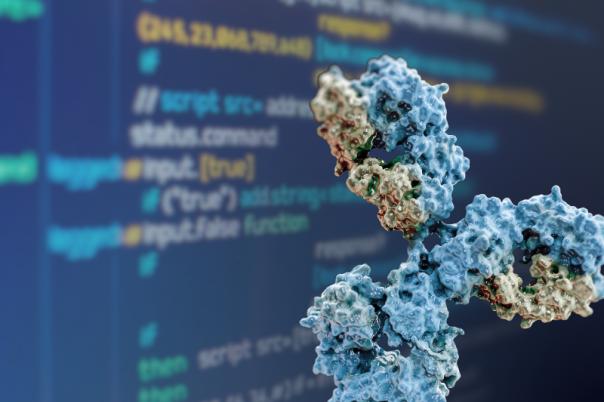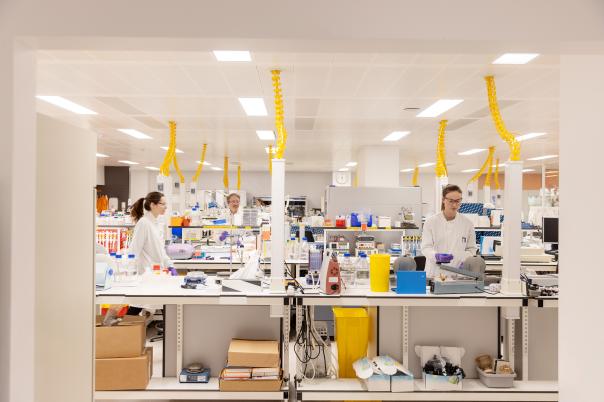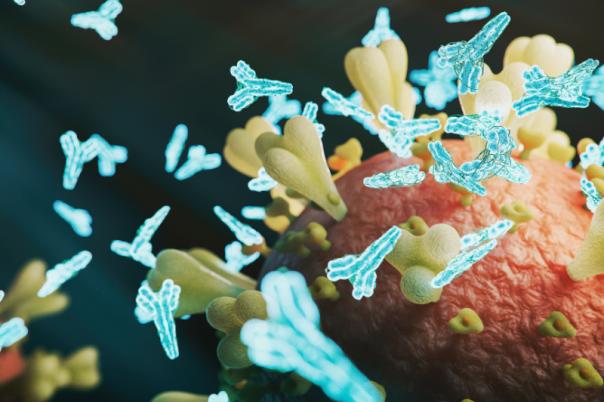Immunogenicity is the ability to elicit an immune response, which can be detrimental to the efficacy and safety of antibody therapeutics. In particular, the production of anti-drug antibodies (ADAs) can be disastrous for an antibody’s chance in the clinic.
ADAs can have a negative impact on the efficacy of drugs by modifying their pharmacokinetic properties and promoting therapeutic loss. Maillere showcased this with the examples of infliximab and adalimumab.
Furthermore, ADAs can produce a range of safety issues in patients. For example, infliximab produced hypersensitivity reactions in patients. Research also shows that autoimmune symptoms can result from ADA onset, provided that there is an endogenous molecule responding to the drug, which has been seen in erythropoietin. Finally, although not related to ADA onset, antibody therapeutics have been associated with cytokine release syndrome, especially anti-CD3 and anti-CD28 antibodies.
To mitigate these problems, antibody therapeutics have been humanised to better suit their host environment. Maillere noted that as efforts to humanise antibodies have improved, approvals have increased. However, the quest to solve immunogenicity problems is far from over, there are still many recently discovered, even approved antibodies which are highly immunogenic.
The emergence of new antibody formats also complicates the immunogenicity question. Nanobodies have only a single chain and variable region and therefore, are expected to be less immunogenic than classical antibodies. Maillere presented data from Sanofi’s caplicizumab which was relatively well controlled with only 10% of patients developing ADAs. However, this was not the case in every nanobody example with some demonstrating high levels of ADA onset.
How can companies minimise the risk of immunogenicity from their antibodies? Regulators have explicitly stated that animal models are not good predictors of immunogenicity. Instead, Maillere outlined the alternative approaches that have been developed to predict this risk.
First, Maillere noted in silico prediction tools. These methods use in silico screening of peptide sequences for HLA class 2 binders. There are many algorithms available for this, many of which are freely available in the Immune Epitope Database (IEDB).
Second, there is MHC-Associated Peptide Proteomics (MAPPS), this is a technique which was developed in the 90s. It’s used to evaluate the risk of immunogenicity for biopharmaceuticals using dendritic cells.
Dendritic cells, when exposed to a biopharmaceutical, naturally process the molecule and present fragments using HLA class 2. The HLA molecules can then be purified to extract and identify the peptides using mass spectrometry. This tells you which peptides from the biopharmaceutical are actually being presented to CD4+ T cells: a critical step in triggering an immune response.
However, just because a peptide is presented doesn’t mean it will necessarily stimulate a T cell, which is why the final method Maillere explained was to develop T cell assays. One difficulty with these assays is that they have to rely on healthy donors which are naïve for the molecule of interest. So, it can be challenging to find preexisting CD4+ cells because they are present at very low frequencies.





